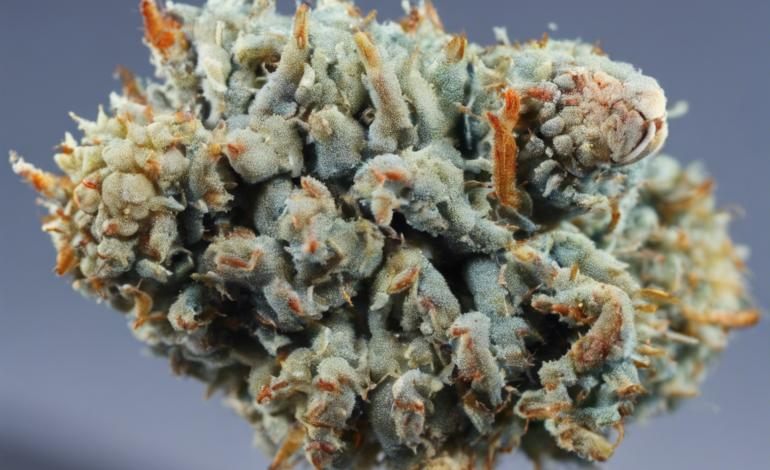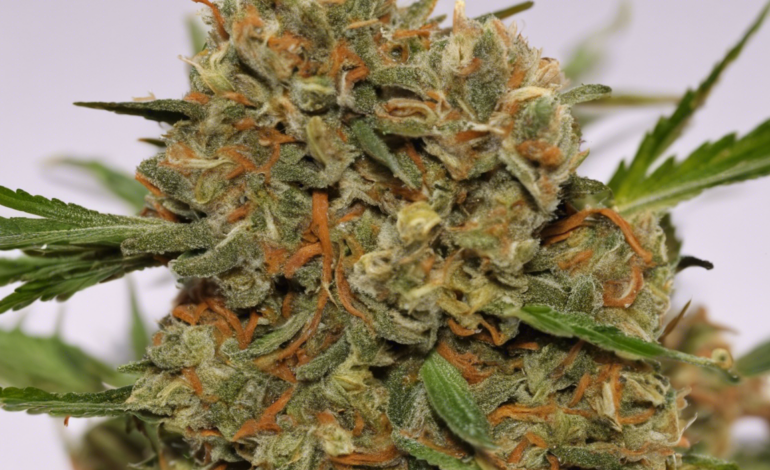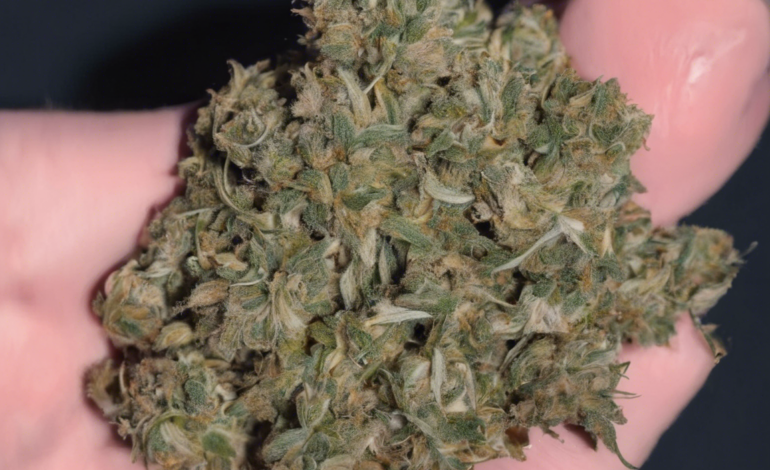
Exploring the Rare Blue Lobster Strain: A Colorful Surprise underwater!
Have you ever heard of a blue lobster? These striking creatures are a rare natural phenomenon that has captured the attention of marine enthusiasts and scientists alike. In the vast world of marine life, the blue lobster stands out as a unique and captivating oddity. Let’s dive deep into the realm of these mesmerizing creatures to unravel the mystery behind their stunning appearance and explore the fascinating facts that make them truly exceptional.
The Genetics Behind Blue Lobsters
What causes a lobster to be blue?
Blue lobsters get their unique coloration from a genetic mutation that results in an overproduction of a particular protein. This protein, known as crustacyanin, combines with astaxanthin, a red carotenoid molecule that is also naturally present in lobsters. The interaction of these two compounds produces a striking blue coloration in the shell of the lobster, giving rise to their distinct appearance.
Are blue lobsters a separate species?
Blue lobsters are not a separate species but rather a color variation of the common American lobster (Homarus americanus). These lobsters are the same species as their traditionally colored counterparts, with the blue hue being the result of genetic differences rather than distinct evolutionary paths.
Rarity and Distribution of Blue Lobsters
How rare are blue lobsters?
Blue lobsters are incredibly rare, with estimates suggesting that only about 1 in every 2 million lobsters exhibits this unique coloration. The odds of encountering a blue lobster in the wild are exceedingly slim, making them a prized find for those lucky enough to come across one.
Where are blue lobsters typically found?
Blue lobsters have been documented in various locations along the eastern coast of North America, where the common American lobster is prevalent. These striking blue specimens can turn up in lobster traps among their conventionally colored counterparts, adding an element of surprise to the catch.
Blue Lobsters in Captivity
Do blue lobsters thrive in captivity?
Blue lobsters can thrive in captivity under the right conditions, provided that their habitat mimics their natural environment as closely as possible. Proper water quality, temperature regulation, and a suitable diet are essential for ensuring the health and well-being of blue lobsters kept in aquariums or marine research facilities.
Can blue lobsters be bred in captivity?
Breeding blue lobsters in captivity is possible, although it requires careful selective breeding to maintain the genetic traits that result in the distinct blue coloration. By breeding two blue lobsters together, offspring with a higher likelihood of displaying the blue hue can be produced, contributing to conservation efforts and scientific research related to these unique creatures.
Cultural Significance of Blue Lobsters
Are blue lobsters considered lucky?
In some cultures, blue lobsters are believed to be a symbol of good luck and prosperity. The rare and enchanting appearance of these creatures has led to various superstitions and beliefs surrounding their presence, with some viewing them as harbingers of positive fortune and abundance.
Do blue lobsters have any symbolic meaning?
Blue lobsters are often associated with uniqueness, individuality, and standing out from the crowd. Their atypical coloration serves as a reminder of the beauty and diversity present in the natural world, prompting admiration and intrigue among those who encounter them.
Conservation Efforts and Future Outlook
Are blue lobsters protected species?
Blue lobsters are not considered a protected species, as they are a color variant of the common American lobster and not a distinct species in their own right. However, conservation efforts aimed at preserving marine habitats and biodiversity can indirectly benefit blue lobsters by maintaining healthy ecosystems and ensuring their continued existence in the wild.
What does the future hold for blue lobsters?
As interest in blue lobsters continues to grow, researchers and conservationists are working to better understand the genetic mechanisms behind their unique coloration. By studying blue lobsters in both natural and captive environments, scientists hope to uncover valuable insights into the evolutionary and ecological significance of these captivating creatures.
Conclusion
Blue lobsters are more than just an eye-catching novelty – they are a testament to the marvels of nature’s diversity and the complex interplay of genetics and environment. From their rare occurrence in the wild to their symbolic significance in cultural contexts, blue lobsters occupy a special place in the hearts and minds of those who encounter them. By shedding light on these remarkable crustaceans, we gain a deeper appreciation for the wonders that lie beneath the surface of our oceans.
Frequently Asked Questions (FAQs) about Blue Lobsters
-
Do blue lobsters taste different from traditional lobsters?
Blue lobsters taste the same as their traditionally colored counterparts, with their unique coloration having no impact on the flavor of their meat. -
Can blue lobsters change color?
Blue lobsters can undergo color changes when cooked, turning a bright red hue like traditional lobsters due to the denaturation of their proteins. -
Are blue lobsters kept as pets?
While some marine enthusiasts may keep blue lobsters in aquariums, they require specialized care and habitat conditions to thrive in captivity. -
What predators do blue lobsters have in the wild?
Blue lobsters face predation from various marine creatures, including fish, eels, and other crustaceans that prey on them in their natural habitat. -
How can I support conservation efforts for blue lobsters?
You can contribute to conservation efforts for blue lobsters by supporting marine conservation organizations, advocating for sustainable fishing practices, and raising awareness about the importance of preserving marine biodiversity.

